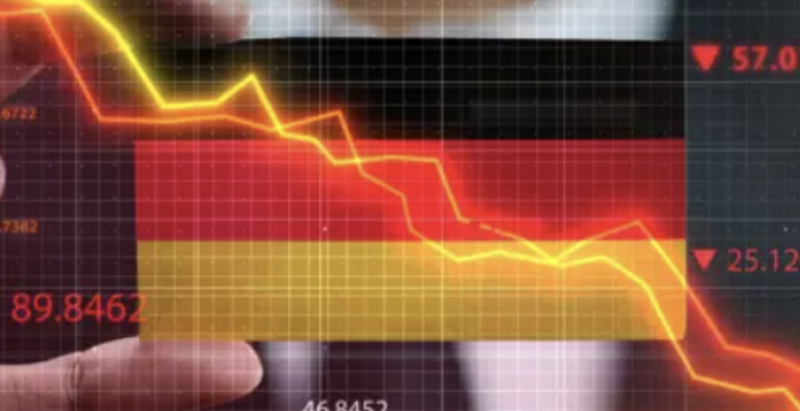Germany is grappling with its highest levels of corporate bankruptcies in two decades, echoing the fallout of the 2009 financial crisis. Steffen Müller, head of insolvency research at the Leibniz Institute for Economic Research Halle (IWH), revealed that monthly insolvencies among partnerships and corporations have now matched the crisis-era peak of around 1,400 filings per month.
Müller emphasized a troubling trend: the businesses now going bankrupt are often larger, leading to greater economic losses. “More and more economic substance is being lost,” he explained, pointing out that while micro-enterprises are faring better than they did in 2009, the rise in insolvencies among larger entities is deeply concerning.
The Creditreform economic information agency corroborated these findings, reporting a surge in corporate bankruptcies last year to levels not seen since 2015. Their data showed a 10.6% year-on-year increase, with 121,300 bankruptcy proceedings recorded in 2024. Patrik-Ludwig Hantzsch, Creditreform’s head, warned that bankruptcy figures are closing in on the peak values of 2009 and 2010.
In a LinkedIn post last December, Müller shed further light on the issue, noting that larger corporate bankruptcies now constitute 73% of all insolvencies. “While micro-enterprise bankruptcies remain at pre-pandemic levels, insolvencies among partnerships and corporations have risen over 40% in the same period,” he wrote. This shift underscores the growing economic impact of Germany’s insolvency crisis, which is more severe than the total number of bankruptcies might suggest.
As Germany faces this mounting challenge, experts warn of the potential long-term repercussions on its economy, with the increasing scale of insolvencies threatening to leave deeper scars than ever before.




